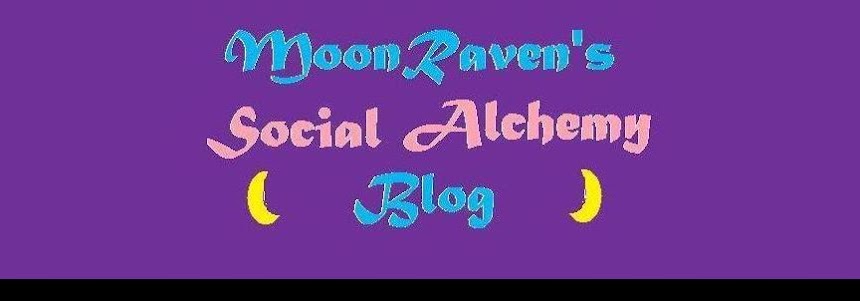In 1971, a Columbian visionary made a decision. As he put it, "They always put social experiments in the easiest, most fertile places. We wanted the hardest place. We figured if we could do it here, we could do it anywhere." The place that Paolo Lugari selected was in the middle of the empty savannas east of Bogota. He recruited scientists, crafters, engineers, technicians, thinkers, inventors, artists, laborers, local peasants, and homeless street children. They built a sustainable community in this desolate prairie setting, using solar power, wind power, and very innovative technology. They called it Gaviotas after a river bird native to the region.
One of the problems that these dreamers faced as they were building Gaviotas was getting water. Brackish water was all around them but there was a water table filled with clean fresh water beneath the land--all they needed to do was pump it out. Rather than using pumps that ran on electricity or fossil fuels, the technicians invented a bunch of pumps that ran on various types of manual labor. My favorite was one that was attached to a seesaw, so that the village children would pump water as they went up and down.
More impressive than the tools the Gaviotans created is the planting work that they did. Beyond simply planting food, they planted trees, including a Caribbean pine tree that slowly took to the savanna. In ten years, they transformed grassland into the beginnings of a rainforest. Species that had nearly disappeared from Columbia began appearing in their forest. In fact the native species were crowding out the imported pines--and it seems like an amazon type jungle (and the Amazon region lies due south of Gaviotas) is slowly emerging.
All this makes the process sound easy. The process is documented in the book Gaviotas: A Village to Reinvent the World by Alan Weisman and it was anything but easy. The Gaviotans tried many, many experiments and almost as many were failures as were successes. But they worked together, replacing hierarchy and competition with solidarity and community. The twists and turns as Gaviotas emerged remind me of the twists and turns Kat Kinkade chronicled in her books on Twin Oaks. (See my last post on Twin Oaks.)
Reading Weisman's book makes me want to be able to experiment with others and build community. Sure for every place like Twin Oaks and Gaviotas that succeeds, a dozen crash and burn. Yet, like the Gaviotans that made progress by failure after failure and keeping going, the only way to create a new future is to try new things, and when something doesn't work, try something else.
Twin Oaks and Gaviotas are each unique in their own way, and hardly blueprints for anything else. But they are models of real, thriving alternatives. The only way we will create real social change is to have the courage to follow new paths, to persist (as both Twin Oaks and Gaviotas did) even when things aren't going well, and to have a vision that will sustain us. These are real models to hold onto and be inspired by, even as we forge new and different models for our own unique situations.
Quote of the Day: "Gaviotas isn't a utopia. Utopia literally means 'no place'. ... We call Gaviotas a topia, because it's real. We've moved from fantasy to reality." - Paolo Lugari
Subscribe to:
Post Comments (Atom)


No comments:
Post a Comment